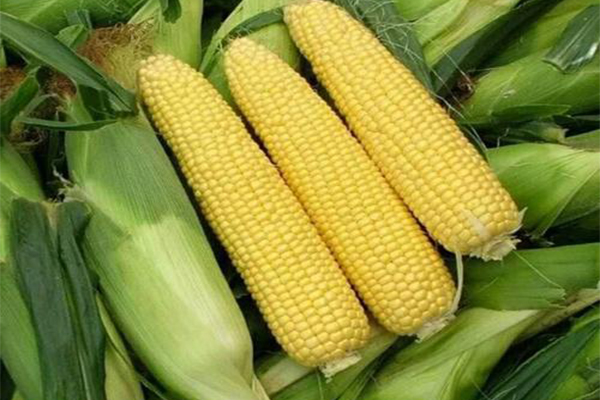The Ukrainian Agricultural Committee (UAC) warned that Ukraine's corn exports in June may drop sharply from 2 million tons in May to 1 million tons, a drop of 50%, due to its continued weak price competitiveness compared with US corn, highlighting the severe challenges facing Ukraine's agricultural exports.
Price disadvantage leads to loss of market share in Europe
The current price of US corn in the European market is US$230 per ton, while the price range of Ukrainian corn is US$256-260. The price difference of up to 11%-13% puts Ukraine at a clear competitive disadvantage.
UAC said that Ukrainian corn is usually traded in small batches of 2,000-5,000 tons, mainly sold to southern European countries such as Greece and Cyprus; while US corn is sold in large batches of more than 25,000 tons, and the scale effect further strengthens its cost advantage.

Export potential is close to exhaustion, and the prospects for new crops are worrying
As of June 2, Ukraine has exported 20.6 million tons of corn this year (2024/25), close to the UAC's forecast of an annual total of 22 million tons. The remaining exportable volume is estimated to be less than 1.5 million tons, and the market's attention has shifted to the new crop in 2025. However, the production outlook is not optimistic: corn production in 2024 is 27 million tons, and in 2025 it may drop to 26 million tons due to bad weather. Agriculture Minister Vitali Koval warned that the country's total grain output this year may fall by 10% year-on-year to 51 million tons, a new low since the conflict.
Structural difficulties need to be solved urgently
Analysis believes that Ukraine's corn export blockage exposes deep-seated problems:
1. High logistics costs: Black Sea shipping risks and land transportation bottlenecks push up export costs;
2. Limited financing channels: International buyers tighten credit for Ukrainian agricultural product trade;
3. Inadequate production efficiency: The war has caused damage to farmland infrastructure and shortages of agricultural inputs.
The market expects that Ukrainian corn prices may fall back to US$215/ton in late June, but the listing of new grain in the northern hemisphere will intensify competition by then. Ukraine needs to break the impasse as soon as possible through the following measures: negotiate with the EU on transport subsidies, expand into emerging markets in Asia, and introduce international capital to rebuild the agricultural supply chain. Otherwise, its position as the world's fourth largest corn exporter may be shaken.
Price disadvantage leads to loss of market share in Europe
The current price of US corn in the European market is US$230 per ton, while the price range of Ukrainian corn is US$256-260. The price difference of up to 11%-13% puts Ukraine at a clear competitive disadvantage.
UAC said that Ukrainian corn is usually traded in small batches of 2,000-5,000 tons, mainly sold to southern European countries such as Greece and Cyprus; while US corn is sold in large batches of more than 25,000 tons, and the scale effect further strengthens its cost advantage.

Export potential is close to exhaustion, and the prospects for new crops are worrying
As of June 2, Ukraine has exported 20.6 million tons of corn this year (2024/25), close to the UAC's forecast of an annual total of 22 million tons. The remaining exportable volume is estimated to be less than 1.5 million tons, and the market's attention has shifted to the new crop in 2025. However, the production outlook is not optimistic: corn production in 2024 is 27 million tons, and in 2025 it may drop to 26 million tons due to bad weather. Agriculture Minister Vitali Koval warned that the country's total grain output this year may fall by 10% year-on-year to 51 million tons, a new low since the conflict.
Structural difficulties need to be solved urgently
Analysis believes that Ukraine's corn export blockage exposes deep-seated problems:
1. High logistics costs: Black Sea shipping risks and land transportation bottlenecks push up export costs;
2. Limited financing channels: International buyers tighten credit for Ukrainian agricultural product trade;
3. Inadequate production efficiency: The war has caused damage to farmland infrastructure and shortages of agricultural inputs.
The market expects that Ukrainian corn prices may fall back to US$215/ton in late June, but the listing of new grain in the northern hemisphere will intensify competition by then. Ukraine needs to break the impasse as soon as possible through the following measures: negotiate with the EU on transport subsidies, expand into emerging markets in Asia, and introduce international capital to rebuild the agricultural supply chain. Otherwise, its position as the world's fourth largest corn exporter may be shaken.

